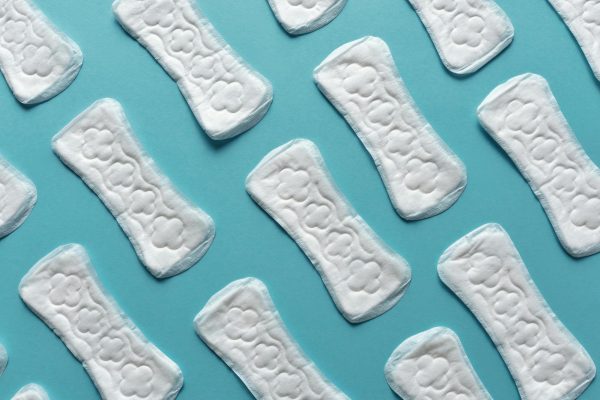Letter from the Editor: The Trouble with Trump Tees
The decision by members of a campus fraternity to design a t-shirt invoking a Donald Trump campaign slogan represents a disappointing setback for a community that has, in recent months, made meaningful attempts to reckon with its culture of inclusivity and pluralism.
I understand that t-shirts that read “Make Dickinson Great Again” are not tantamount to an endorsement of Trump. I should also add here that I haven’t yet seen the shirts in person, and have only heard about them from friends who, when pressed, confirmed their design and wording for me. However, adapting his most popular slogan for the ostensible purpose of fraternity recruitment makes light of a candidate who has called Mexican immigrants “rapists,” threatened to ban Muslims from entering the country and made misogynist remarks about journalists and political opponents.
It’s reasonable to expect that the t-shirts would alienate students from any of the ethnic or religious groups Trump has insulted. (This list seems to grow every day – in Trump’s worldview, principles of inclusivity and non-discrimination seem to apply only to one’s liability to be slandered.) This is why the decision to wear the shirts seems to delegitimize an inclusivity statement adopted by the Interfraternity Council in January 2014. The statement, which was approved by members representing all of the college’s fraternities, affirmed their commitment to “recruit any and all potential new members on an inclusive and non-discriminatory basis.”
I also regret that members of this fraternity chose to make Dickinson – and not their individual organization – the subject of the altered Trump slogan. Those who wear this t-shirt in public invite anyone who sees it to associate our school, even subconsciously, with a campaign fueled by bigotry. Hate speech is not the way to make America great again, and giving Donald Trump a presence on campus will not contribute to an inclusive environment for learning and socializing.
This article appeared in the February 4 issue of the Dickinsonian.




Henry • Feb 26, 2016 at 5:36 pm
Couldn’t have put it better, Sartwell. This ‘article’ represents everything wrong with the contemporary student body, whether at Dickinson or on other campuses. A T-shirt, likely made in satire, therefore classifies one as a racist? Talk about the death of free press.
Crispin Sartwell • Feb 10, 2016 at 5:42 pm
blog entry, extremely critical of this approach:
http://eyeofthestorm.blogs.com/eye_of_the_storm/2016/02/t-shirt-wars.html